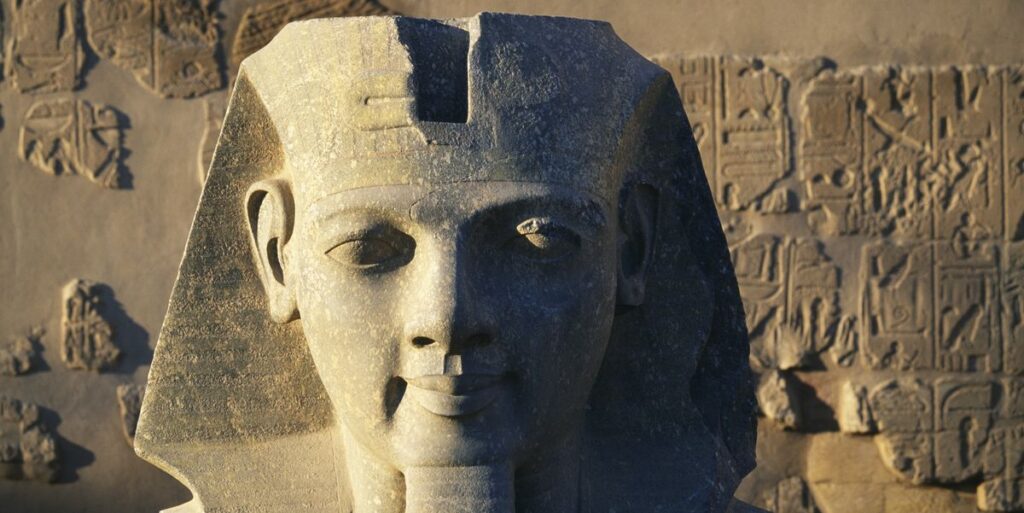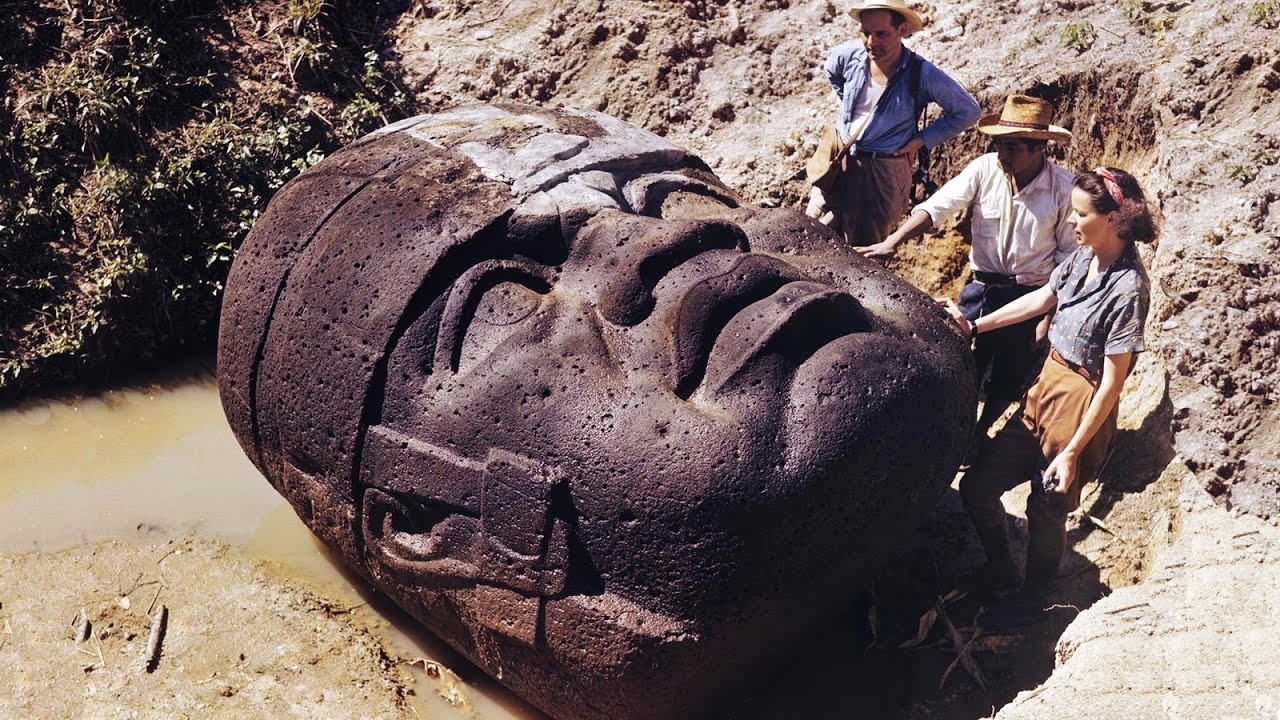Imagine wandering through the annals of history only to stumble upon that one incredible piece of a puzzle that’s been missing for nearly a century. That’s exactly what archaeologists recently experienced after 96 years of tireless searching. They have finally unearthed a crucial missing part of a legendary statue, igniting excitement in both the archaeological community and the hearts of history enthusiasts alike.
But what statue are we talking about? What does this discovery mean for our understanding of the past? Buckle up as we delve into this intriguing tale of rediscovery.
The Statue in Question: A Brief Overview
The statue that has captivated the imagination of many is none other than the iconic figure associated with an ancient civilization, often revered for its artistry and cultural significance. Created in a time when craftsmanship was paramount, this statue was an embodiment of the values and aesthetics of its era. With its intricate details and historical relevance, the missing part had become a symbol of loss and mystery, prompting repeated digs and research by archaeologists over decades. So, what did they finally find?
The Missing Piece: What Was Discovered?
After countless attempts that spanned generations, archaeologists recently discovered a fragment that completes a significant part of the statue. This missing piece, thought to have been lost forever, had eluded all prior searches and was buried beneath layers of time and debris.
Experts were thrilled to reveal not only the craft behind this lost piece but also its context, which adds another layer to our understanding of the statue and the civilization it represents.
The Significance of the Find
Finding this long-lost fragment is like discovering the final chapter of a beloved book. It offers closure but also opens new narratives. The piece brings clarity about the styles and techniques employed by ancient artisans, shining light on their skills and artistic expressions.

It also raises intriguing questions about how such an important piece could vanish and what this says about the historical practices of preservation and documentation in ancient times.
Digging Deep: The Archaeological Journey
This discovery wasn’t just a stroke of luck. It involved meticulous planning and dedication from a team of archaeologists who have spent years living through heat waves, standing in muck, and occasionally facing setbacks.
The research team utilized cutting-edge technology, including ground-penetrating radar and 3D imaging, to help identify potential sites for the search. It’s as if they were modern-day treasure hunters, sifting through relics of a past that refused to be forgotten.
A Deeper Understanding: Cultural Implications
The implications of this archaeological triumph go beyond mere aesthetics. The restored statue, now nearly complete, serves as a bridge connecting the past with our modern world. Understanding the symbolism behind the statue can inform discussions about cultural identity, heritage, and the importance of preserving history.
The emotions tied to this statue resonate through time, and as we study it further, we benefit from the stories that it continues to tell.
Conclusion
In the grand scheme of archaeological discoveries, finding the missing piece of a legendary statue after 96 years feels nothing short of miraculous. It reminds us that history is constantly unfolding, waiting to surprise us and offer insights into our shared human experience.
This exciting rediscovery fuels our fascination with the past and ignites our curiosity about the stories that lie buried beneath our feet, waiting for the right time to be revealed.
What will future discoveries uncover next? Only time will tell!
FAQs
1. What statue was found, and why is it significant?
The statue in question represents a vital piece of cultural heritage from an ancient civilization, emblematic of the artistic techniques and values of its time. Its discovery helps us understand the artistic expressions and societal values of that era.
2. How long had archaeologists been searching for this piece?
Archaeologists had been searching for the missing fragment for 96 years, employing various techniques and methodologies throughout the decades.
3. What technologies were used in the search for the statue?
The team utilized advanced technologies like ground-penetrating radar and 3D imaging to help locate the missing piece, making the search more efficient and systematic.
4. What does this discovery mean for future archaeological endeavors?
This discovery underscores the importance of perseverance and the use of technology in archaeology, potentially guiding future projects with similar methodologies.
5. How does this find impact our understanding of ancient civilizations?
The find enriches our understanding of ancient civilizations, offering deeper insights into their culture, craftsmanship, and historical context, thus contributing to our collective historical narrative.

